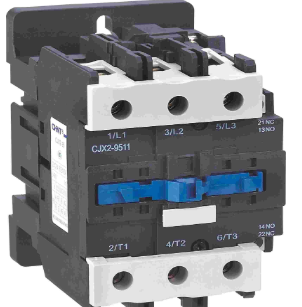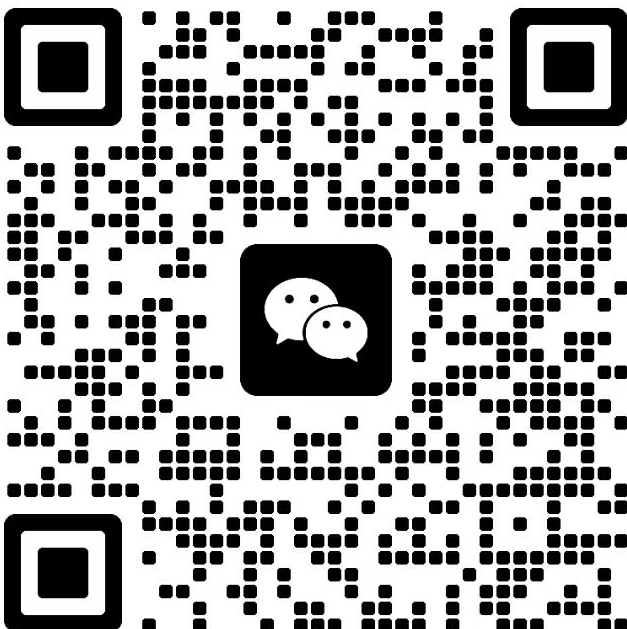How to Distinguish Normally Open and Normally Closed Contacts of Contactors
 In electrical systems, distinguishing between normally open (NO) and normally closed (NC) contacts of contactors is a fundamental and critical operation. Below are several common methods combining theory and practice to help you accurately identify them:
In electrical systems, distinguishing between normally open (NO) and normally closed (NC) contacts of contactors is a fundamental and critical operation. Below are several common methods combining theory and practice to help you accurately identify them:
1. Distinguishing by Definition and Principle (Basic Understanding)*Chint NXR series thermal overload relays price*
- **Normally Open (NO) Contacts*CHINT circuit breaker price*
- **Normal State**: When the contactor coil is not energized, the contacts are in an **open state** (non-conductive).
- **After Energization**: The coil is magnetized, the armature acts, and the contacts **close and conduct**.
- **Normally Closed (NC) Contacts*CHINT surge protector price*
- **Normal State**: When the contactor coil is not energized, the contacts are in a **closed state** (conductive).
- **After Energization**: The coil is magnetized, the armature acts, and the contacts **open**.
**Key Memory Point**: "Normal state" refers to the original state when the coil is not energized, which is opposite to the state after energization.
2. Distinguishing by Appearance Labels (Quick Judgment)**
There are usually **clear labels or numbers** near the contact groups of contactors. While different brands may have slight differences, they follow general rules:
1. **Letter Labels**
- **NO**: Abbreviation for "Normally Open," corresponding to normally open contacts.
- **NC**: Abbreviation for "Normally Closed," corresponding to normally closed contacts.
- **Example**: "NO" or "NC" is directly labeled on auxiliary contact modules.
2. **Numbering Rules**
- **Normally Open Contacts**: Common numbers are **13/14**, **33/34**, **53/54**, etc. (even numbers ending in 4).
- **Normally Closed Contacts**: Common numbers are **21/22**, **41/42**, **61/62**, etc. (even numbers ending in 2).
- **Pattern**: The two terminals of the same contact group are usually consecutive numbers, and NO/NC contacts are grouped (e.g., 13/14 for NO, 21/22 for NC).
3. Distinguishing by Multimeter Measurement (Accurate and Reliable)**
Use the **ohmmeter (resistance) range** of a multimeter to determine the on/off state of contacts:
Operation Steps**:
1. **Power Off for Safety**: Ensure the contactor coil is not energized and the circuit is disconnected from the power source (to avoid electric shock).
2. **Select Range**: Set the multimeter to the **Ω range** (low resistance range, such as 200Ω).
3. **Measure Contacts**:
- Touch the test leads to both terminals of the contacts and observe the multimeter reading:
- **Resistance close to 0Ω (buzzer sounds)**: **Normally Closed (NC)** contacts, conductive in normal state.
- **Infinite resistance (buzzer does not sound)**: **Normally Open (NO)** contacts, open in normal state.
4. **Manual Verification (Optional)**:
- Press the contactor armature (simulating the energized state) while observing resistance changes:
- **Original NO contacts**: Resistance changes from infinite to 0Ω (closed and conductive).
- **Original NC contacts**: Resistance changes from 0Ω to infinite (open).
4. Distinguishing by Physical Structure Observation (Auxiliary Method)**
The appearance of contacts in some contactors can provide auxiliary judgment (not an absolute standard, should be combined with other methods):
1. **Reed State**
- **NO Contacts**: When not energized, the contact reeds are in a **separated state** with obvious gaps.
- **NC Contacts**: When not energized, the contact reeds are **tightly fitted** with no obvious gaps.
2. **Number and Position of Contacts**
- Main contacts are usually **NO** (used to switch the main circuit), while auxiliary contacts may include both NO and NC (used for control circuits).
- In auxiliary contact modules, NC contacts may be closer to the armature side (because the armature first opens NC contacts before closing NO contacts when acting).
5. Common Misunderstandings and Precautions**
1. **Avoid Confusing "Normal State" with "Post-Energization State"**
- NO/NC only refers to the state when the coil is not energized, independent of circuit functions (such as self-locking or interlocking).
2. **Distinguish Main Contacts from Auxiliary Contacts**
- Main contacts generally have no NO/NC labels (all are NO, used to connect loads), while auxiliary contacts need clear distinction.
3. **Safety First**
- Always disconnect the power source before measuring to avoid live operation!
- Oxidized or poorly contacting contacts may cause measurement errors. It is recommended to gently touch or scrape the contact surfaces before measuring.
Summary: Quick Distinguishing Process**
1. **Check Labels First**: Prioritize checking "NO/NC" or numbering near the contacts.
2. **Measure On/Off Next**: Use the multimeter ohmmeter range to confirm the on/off state in normal condition.
3. **Manual Verification**: Simulate energization to observe contact state changes.
Using the above methods, you can accurately distinguish between NO and NC contacts of contactors to ensure correct circuit wiring. If in doubt, it is recommended to refer to the manual or circuit diagram for further confirmation.


